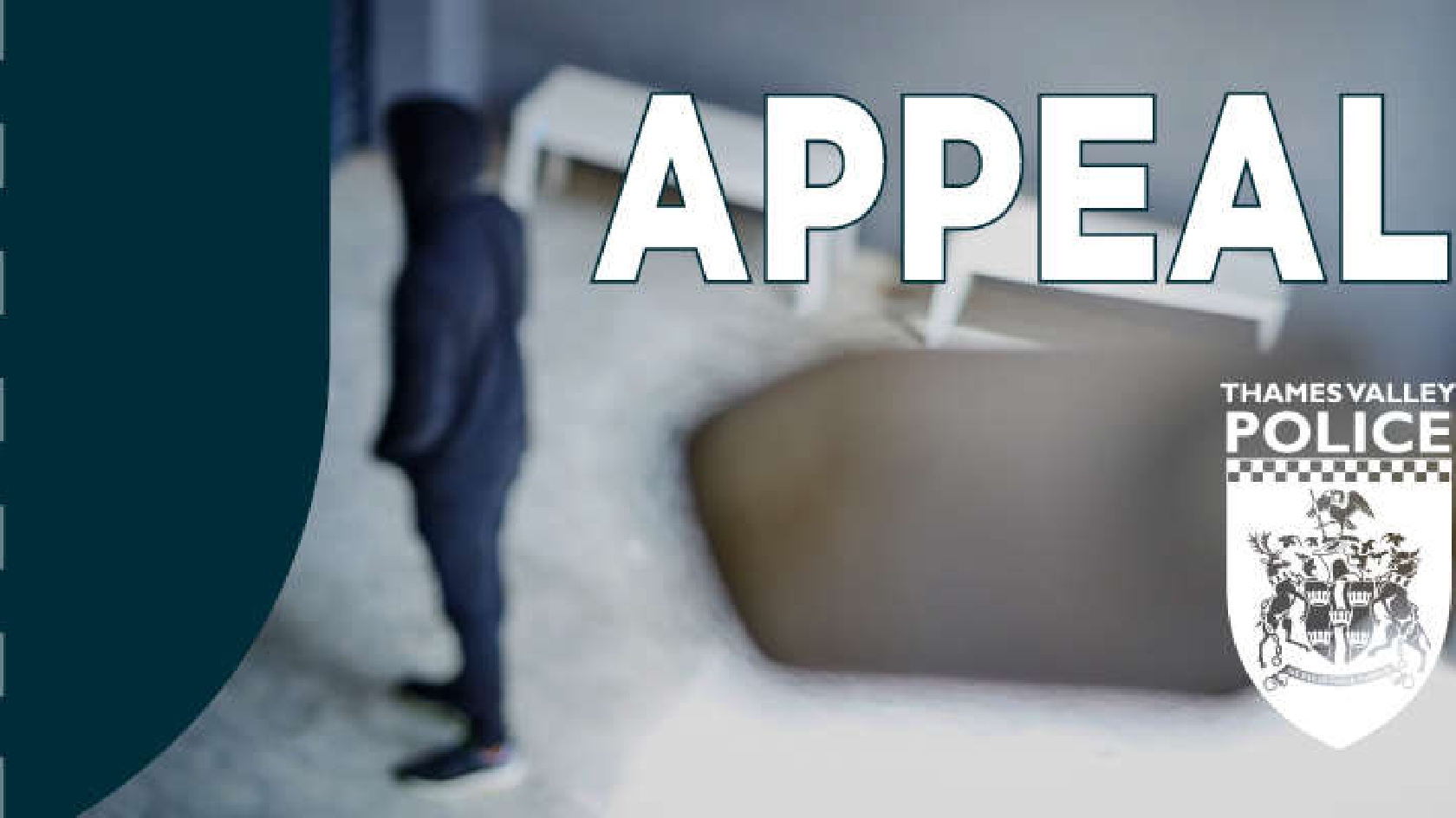
Your annual MOT is a roadworthiness check that must be conducted for every car over three years old. Because the MOT is mandated by law, it can never cost more than the legal upper limit of £54.85 for regular passenger vehicles.
Motorists planning to travel during holiday season in crowded areas like London and Milton Keynes need to be extra vigilant and should have an up to date MOT certificate.
But what is the MOT all about and what does the MOT checklist say exactly?
What is the MOT?
As mentioned above, the MOT is a roadworthiness test that ensures that your car is safe to be on the UK's wide and busy road network. This is for your safety and that of your passengers, but it is also for the thousands of other road users that you pass and drive alongside every day – everyone benefits from greater road safety. And this is precisely why the MOT test was brought in initially: to try and reduce the large and growing number of road accidents that were occurring on the fledgling networks as more and more people bought cars and trucks to get around. And it has, by and large, worked (albeit alongside major improvements to car manufacturing processes). With the exception of a major drop during the Covid-19 lockdowns, followed by an uptick as people got back on the roads, the number of people killed or injured on the roads has slowly and steadily reduced. If your MOT is due, do your part towards road safety and book MOT in London online from DAT Tyres' garage.
What is Checked on the MOT?
There are, loosely, six sections on the MOT test checklist which can be found here within which many aspects of your car will be tested, observed or examined. Surprisingly to many, the engine is not one of these items: the functionality of the car does not count towards roadworthiness as a car with a broken-down engine, for example, should still be able to steer safely to the side of the road, stop under control of the brakes, and ignite sufficient lights to see and be seen by other road users. The six sections are:
Interior Checks: Your seat must be fixed in place, with working seatbelts, the various buttons, levers and switches should all be responsible for reasonable pressure in order to work, and there should be no dashboard warning lights on. Rear view mirrors should be present and positioned in such a way that it is clear that they are in regular use.
Exterior Checks: The MOT inspector will walk around the outside of your car, checking the bumpers and fenders, ensuring the number plate is appropriate in design and properly fitted, and looking for any signs of damage or decay. What can be seen of the tyres and wheels will be checked at this point.
Under the Hood: Popping the hood, the inspector will examine systems such as the brake and fuel lines, have a look at the exhaust system, as far as it can be seen at this point, check the beginnings of the steering and suspension systems as well as checking your battery, radiator and screen-wash reservoir for appropriate levels.
Under the Chassis: Putting the car on a pit, the inspector will closely examine the underside of the car, taking in the other side of the wheels and tyres, checking the systems that run under the car from the bonnet: steering, suspension, brakes, exhaust and so on. The general condition of the underside will be checked, and any monitoring devices will be checked for signs of tampering.
Brakes: Despite the brake lines being checked at various other points during the test, they also have a section to themselves because effective brakes are an absolute must when it comes to roadworthiness. At this point, the inspector will test your service and hand brakes, making sure they respond well under both normal and emergency conditions.
Emissions: As it sounds, this part of the test reads the particulate emissions from your exhaust system to ensure that they fall under the strict legal limit.
When Must I Get My MOT?
Your MOT is due by the expiry date on your current certificate or on the day that your car turns three. There is no grace period for an expired MOT, but you can have your MOT up to 30 days before the expiry without losing that anniversary date.













